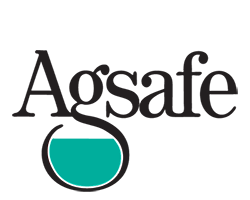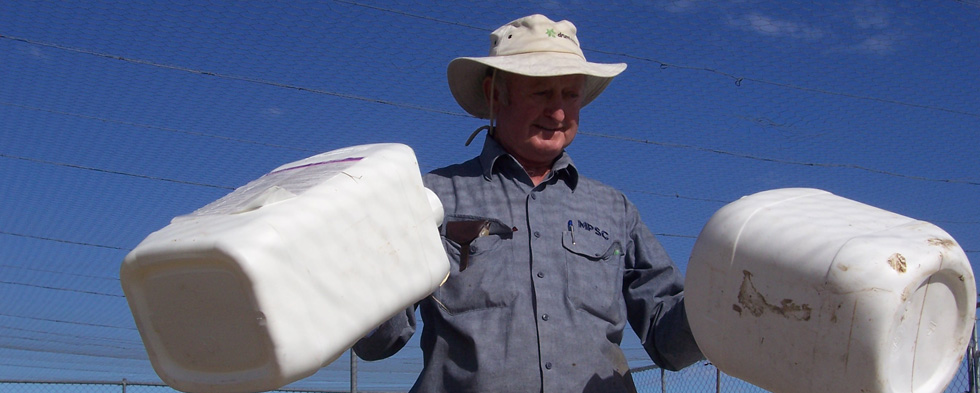Proper rinsing and cleaning are the first steps in safely disposing of empty AgVet chemical containers.
Clean containers are essential for meeting Occupational Health and Safety standards in our processes.
Any rinsing should be carried out immediately after emptying the chemical container, as residues are a lot harder to remove when dry.
Under current regulations in most states, containers that haven’t been properly rinsed can be classified as hazardous waste.
For information on procedures for draining and cleaning oil based, ultra low volume (ULV) and low volume (LV) insecticide sprays, contact the chemical manufacturer or drumMUSTER on (02) 6206 6868.
The drumMUSTER Standard
Inspection of containers at collection points is necessary to ensure that containers can be safely recycled.
- There must be no chemical residue on the inside or the outside of the container, including the thread and cap. If there is any chemical residue visible when delivering your containers these drums will be rejected.
- After rinsing your chemical container it should be left to dry with the cap off which will aid in the drying process.
- The threads of the container opening must be free of residue and although the cap should not be replaced on the container, it may be brought separately to the collection if clean.
- Your container should have the labels on to provide inspectors with identification of the container being handled.
- A signed statement by the farmer or chemical user at the point of the collection provides drumMUSTER with evidence that the container has been rinsed.
- If your container is rejected, the inspector will request that your container is taken home, properly cleaned and returned for recycling in your next delivery.
- When rinsing the chemical container use the rinsate to make up an application of the same chemical according to the products label recommendations.


